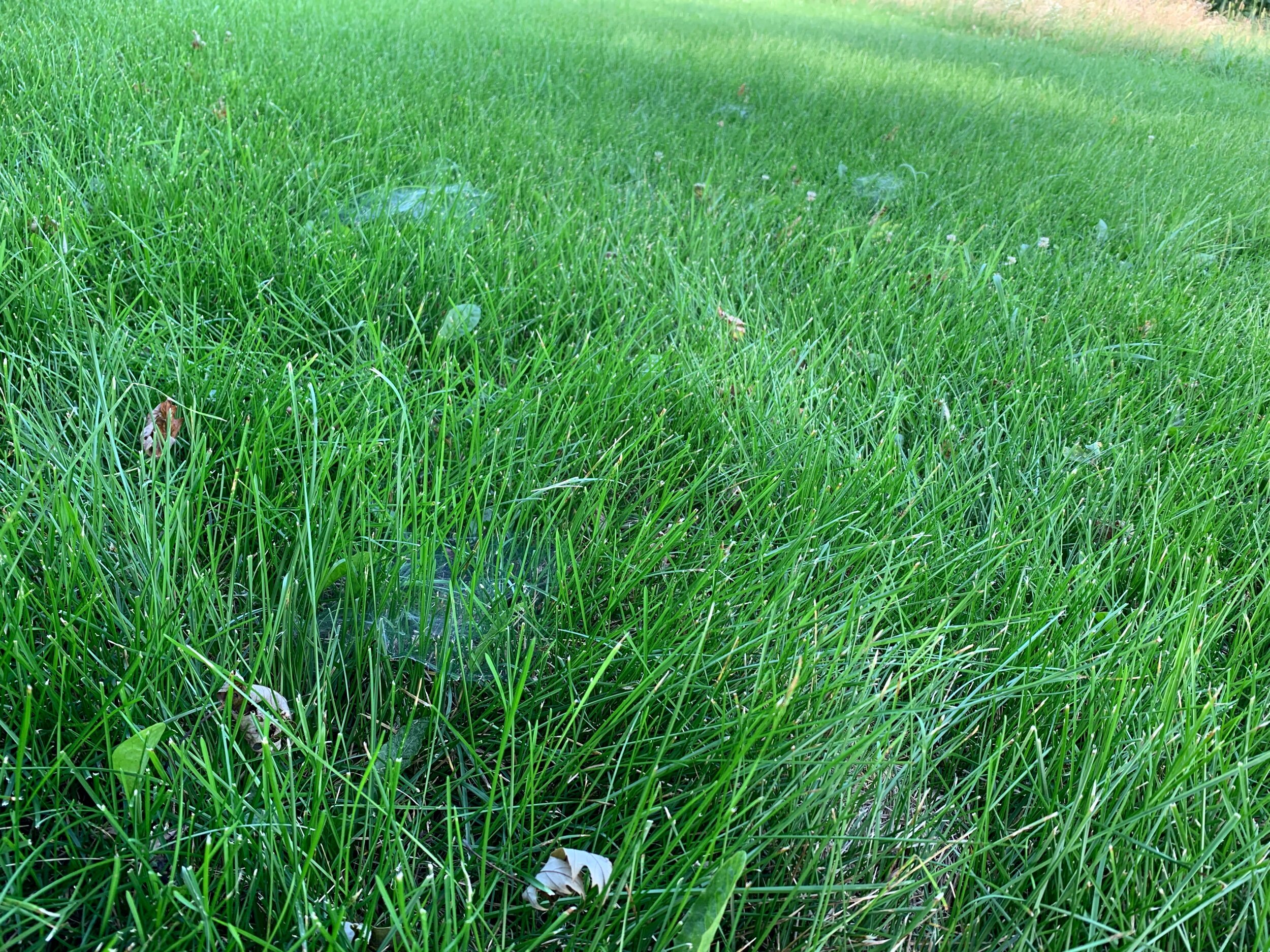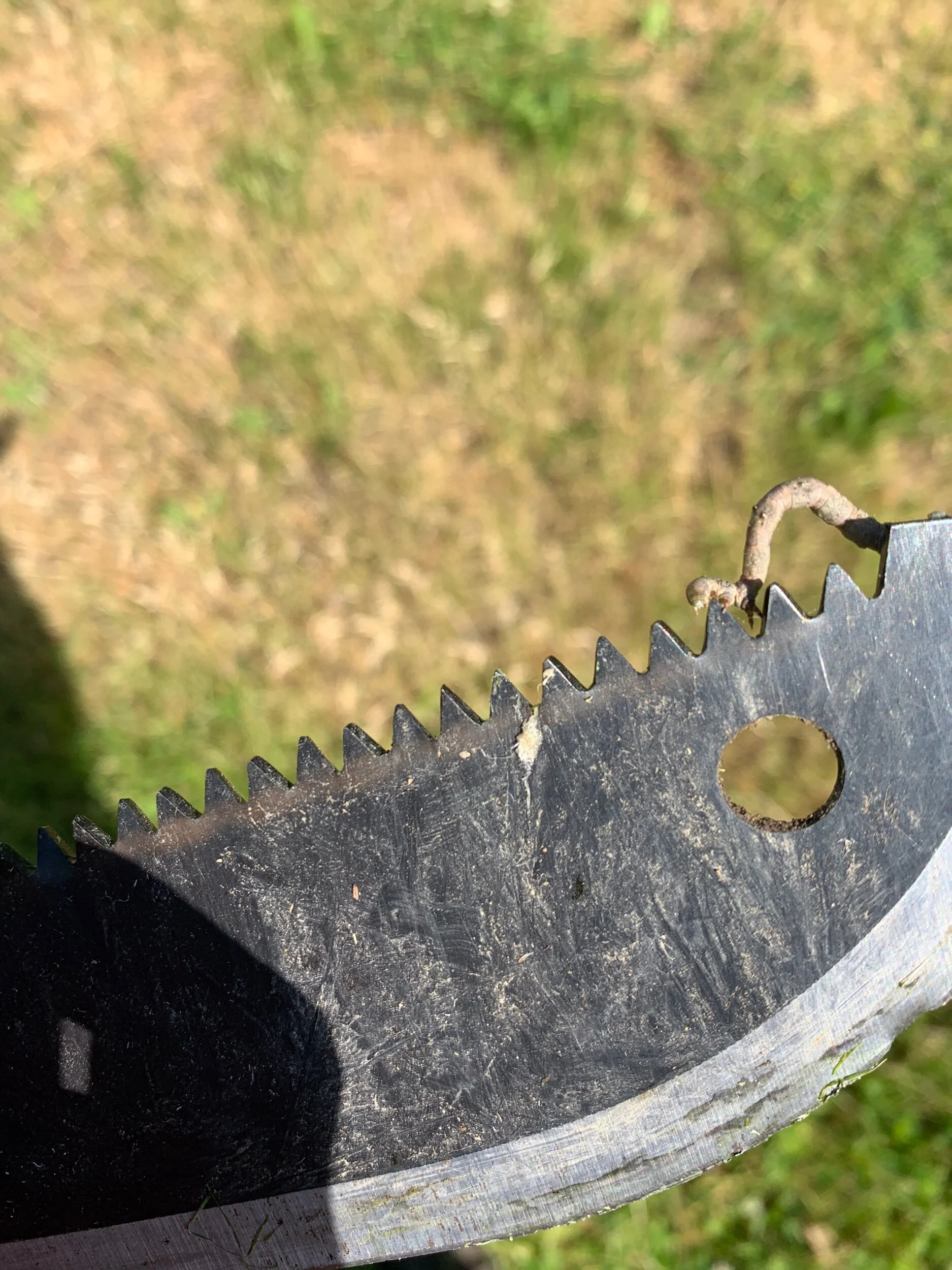Welcome to the Jungle
This has been an unusually good year for wildlife spotting on and around our little section of prairie. I shared pictures of my time with foxes and our new swallow neighbors earlier, but they certainly aren’t the only cohabitants in our area of late.
Yesterday’s dewy morning revealed the work of what may be a small army of funnel web spiders in the northwestern quarter.
The webs are notable for their sudden appearance on a given morning - a dozen or more where there previously appeared to be none. The spiders themselves proved very shy and challenging to locate or capture.
And speaking of spiders, I had this fine, terrifying fellow for company whilst shucking corn by the grill:
He puts on a fine show of being frightening, but only if you are very, very tiny...
And, as far as that goes, one of our screens appears to be a bit loose on one corner, provider a perfect, if unintentional habitat for this specimen:
I asked LB to clean out between the window and the screen, but all I got was a "hell no" in response...
Earlier in the season, doing a bit of yard work (yes, with a machete - isn’t that how you do yard work?) I managed to pick up this little guy:
I don’t know exactly how I picked it up - it must have been on something I was cutting down. It’s a pretty good trick to catch a machete blade while it’s swinging.
Just ahead of Independence Day this specimen decided to help us with hanging the laundry out to dry:
He’s considerably smaller than his cousins who are plaguing me on the road.
One of the apparent benefits to not pursing a monoculture of Kentucky bluegrass is that the variation supports these tiny critters. Among them, we also get more than our fair share of butterflies and moths every year. We get everything from the little butter pats:
...To the ubiquitous monarchs. And sometimes we get some additional splashes of color:
And sometimes we encounter butterflies and moths still in the process of becoming:
My best guess on this one is that it’s the caterpillar form of the Spotted Apatelodes moth. If so, it definitely appears to live it up in its youth with that bright yellow.
The final entry in this little photo catalogue are the toads. We always have toads here, but the population seems to have exploded this year. It used to be kind of a pleasant surprise to encounter them. Now it seems to be unusual to walk in the yard and not see one. This is not a problem, mind you - I always enjoy the meeting.
Our current companions range from the camouflaged...
...To the standouts:
The summer isn’t over yet, so I’m sure we’ll encounter more. When we first decided to move out to the Homestead I was looking forward to the solitude of separation from neighbors. I did not anticipate the additional benefit of being surrounded with such variety. I did not anticipate it, but I do appreciate it.









































